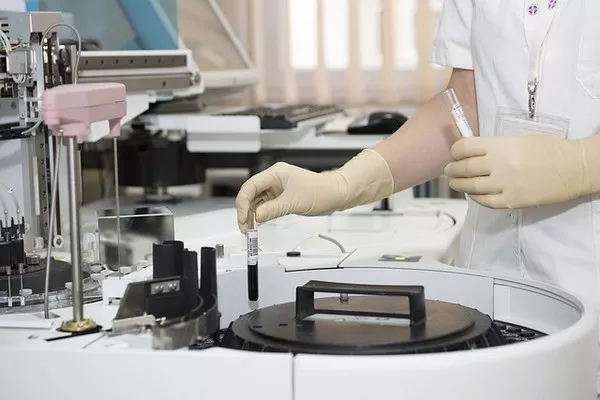FAQs
Is impetigo caused by poor hygiene?
Impetigo is not directly caused by poor hygiene, but poor hygiene can increase the risk of developing the infection. Impetigo is a bacterial skin infection caused by Staphylococcus aureus or Streptococcus pyogenes. These bacteria can easily enter the skin through cuts, scratches, or insect bites, and poor hygiene can facilitate their spread.
What is the fastest way to get rid of Infantigo?
The fastest way to get rid of impetigo is through proper medical treatment, which includes the use of prescribed antibiotics, either topical or oral, depending on the severity of the infection. Additionally, maintaining good hygiene, keeping the affected area clean and covered, and avoiding scratching or touching the sores can help speed up recovery and prevent the spread of infection.
Is Infantigo caused by stress?
Impetigo is not caused by stress. It is a bacterial infection primarily caused by Staphylococcus aureus or Streptococcus pyogenes. However, stress can weaken the immune system, making an individual more susceptible to infections, including impetigo. Stress can indirectly contribute to the likelihood of developing skin infections by impacting overall health and immunity.
Related topics:
- Causes of Bacterial Vaginosis: Understanding, Debunking Myths & Prevention
- Understanding & Managing Diastolic Blood Pressure: A Comprehensive Guide
- Foods That Trigger Gout & How to Prevent Flares


